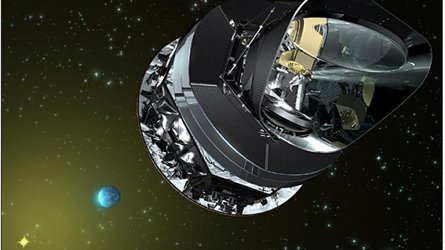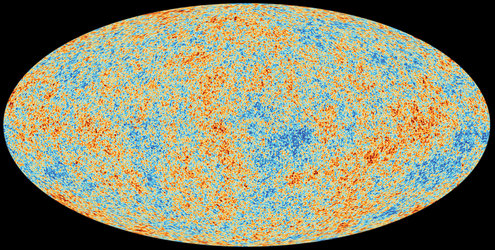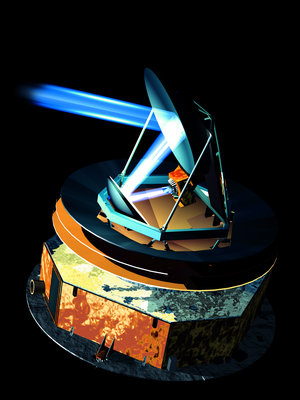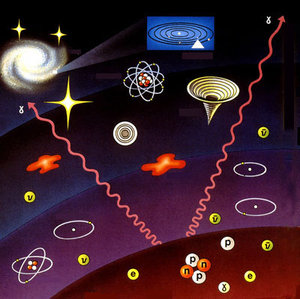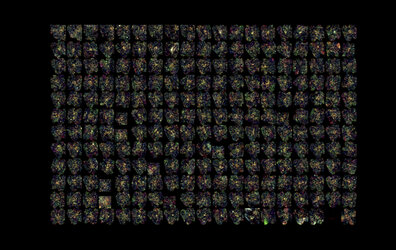Why the microwave
Looking back to the dawn of time
Only a century ago, the origin of the Universe was a topic where reliable experimental data was lacking. The situation is quite different now. Cosmology, the science that aims to explain how the Universe formed and evolves, has since grown into one of the richest and hottest fields of experimental research.
Key discoveries made during the last eight decades show that in the past the Universe was far denser and hotter than it is today, and that it started to cool and expand — a process that is still going on today — about 13 700 million years ago. This version of events, known as the Big Bang theory, is currently the most accepted scenario. But the picture is still far from complete. Questions such as what triggered the birth of the Universe, or how it will evolve in the future, remain unanswered.
The era of experimental cosmology is in full swing: ongoing experiments on ground and in space have yielded new and exciting results. The field will continue to be enriched with complex space-based instruments specifically designed to tackle fundamental problems.
Planck, a third-generation mission that studied the Cosmic Microwave Background (CMB), was the most ambitious of these space-based missions. It measured the fluctuations of the CMB with an accuracy set by fundamental astrophysical limits. The mission provided the most precise and reliable data of its kind ever obtained, and took scientists ever closer to the origin of our Universe.
The case for the Big Bang
In the 1920s, astronomers discovered that the Universe hasn’t always existed as we see it today. It is in fact continuously expanding. This means that all the matter and energy that it contains was packed into a much smaller and hotter region in the past. This was the first piece of evidence for the Big Bang theory of the formation of the Universe.
Later, scientists learnt that stars are the 'factories' that make most chemical elements in the Universe, including oxygen, carbon and iron. But certain elements must come from elsewhere — those few elements were produced in the earliest epochs of the Universe, when it was still very hot.
These findings formed the basis for the Big Bang theory, but it gained wide scientific support only when the next clue was discovered. In 1964, two researchers accidentally detected radiation coming from all directions in the sky, a uniform glow pervading the Universe. This radiation is the relic of the Big Bang itself.
These three clues supported the theory that the Universe has always been expanding, so there must have been an initial period during which all existing matter and radiation were tightly coupled together in a high-temperature mixture.
With time the Universe cooled down, and at some point it must have reached a temperature low enough for the radiation to be decoupled from matter. Light would then have travelled freely throughout the Universe for the first time. That 'first light' should still be detectable today, and it was, in fact, the glow detected in 1964.
This relic radiation from the Big Bang is called the Cosmic Microwave Background (CMB). It is an important piece of evidence for the Big Bang theory which has not been studied to its full potential.
Low-energy clues to a high-energy puzzle
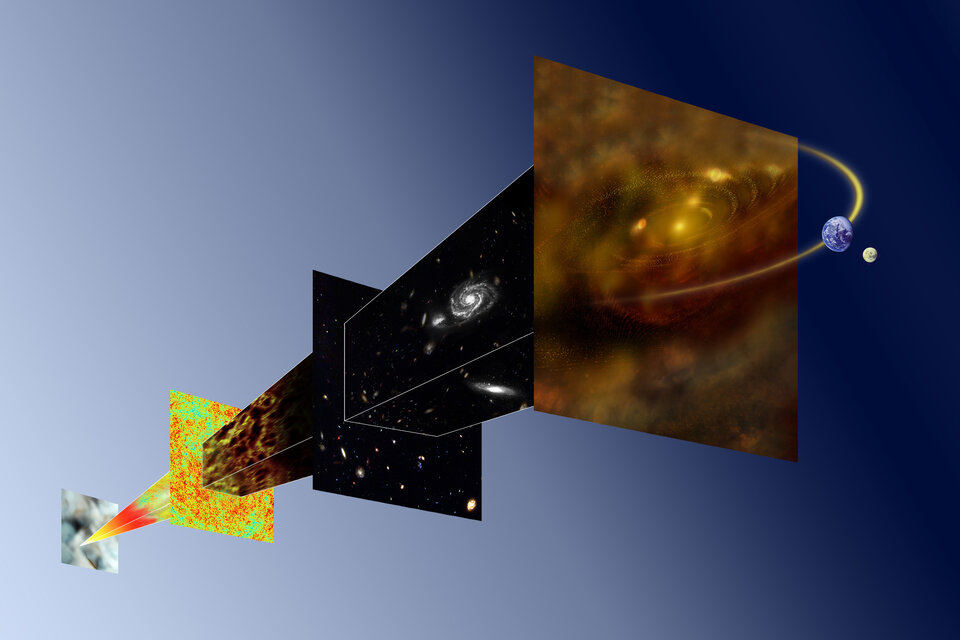
The CMB pervades every direction in the sky with almost the same brightness. But measurements of its apparent temperature have revealed that tiny differences do exist — as tiny as one part in a million.
The tiny variations hold clues to profound puzzles, they are actually imprints left behind by matter in the past.
At the beginning of the Universe’s life, temperatures were still very high: three minutes after its birth, the temperature was about 1 thousand million degrees K. Under these conditions, matter was ionised and tightly coupled to radiation, i.e. light could not travel freely. By studying the energy distribution of the photons at this early time, we can learn what the properties of matter were back then.
Slowly, as the universe expanded and cooled to below 10 000K, the ions began to recombine—this event is known as ‘recombination’. Recombination was complete about 380 000 after the Big Bang, when the Universe cooled to 3000K, and light was able to travel freely.
Most primordial matter is comprised of neutral hydrogen gas. It is transparent, so most of the light originating from this early period of the Universe’s history is able to reach us in its almost original state.
With the expansion of the Universe, the wavelength of the light emitted (CMB) has increased, and as a consequence the temperature of the CMB has changed from its original 3000K to 2.7K as is observed today. The ratio by which the wavelength has increased tells us about the factor by which the Universe has expanded since the time the photons were emitted.















 Germany
Germany
 Austria
Austria
 Belgium
Belgium
 Denmark
Denmark
 Spain
Spain
 Estonia
Estonia
 Finland
Finland
 France
France
 Greece
Greece
 Hungary
Hungary
 Ireland
Ireland
 Italy
Italy
 Luxembourg
Luxembourg
 Norway
Norway
 The Netherlands
The Netherlands
 Poland
Poland
 Portugal
Portugal
 Czechia
Czechia
 Romania
Romania
 United Kingdom
United Kingdom
 Slovenia
Slovenia
 Sweden
Sweden
 Switzerland
Switzerland

























